Japanese Style Tiny House Ideas
In a world where the hustle and bustle of modern life often leave us craving simplicity and tranquility, the Japanese approach to design offers a refreshing perspective. Rooted in the principles of minimalism, functionality, and harmony with nature, Japanese style decor is gaining popularity, particularly in the realm of tiny house living. From maximizing space to fostering a sense of serenity, here’s why incorporating Japanese style decor ideas is essential for those seeking to make the most of their compact living spaces.
- Efficient Use of Space: In Japanese culture, space is a precious commodity to be utilized thoughtfully and efficiently. This philosophy is especially relevant in tiny house living, where every square inch counts. Japanese style decor emphasizes the importance of multifunctional furniture, modular layouts, and clever storage solutions to maximize space without sacrificing comfort or aesthetics. From tatami mats that serve as both flooring and seating to sliding doors that save precious floor space, Japanese design principles offer invaluable insights for tiny house dwellers looking to optimize their living environments.
- Minimalist Aesthetics: At the heart of Japanese style decor lies the concept of minimalism – the art of decluttering and simplifying one’s surroundings to create a sense of calm and clarity. In tiny houses, where space is limited, adopting a minimalist approach to decor is not only practical but essential. Japanese design favors clean lines, neutral color palettes, and uncluttered spaces, allowing for a sense of openness and tranquility even in the smallest of homes. By paring down possessions and focusing on quality over quantity, tiny house occupants can create serene living spaces that promote relaxation and well-being.
- Connection to Nature: Japanese style decor is deeply rooted in a reverence for nature, with elements such as natural materials, indoor greenery, and panoramic views playing integral roles in design. This connection to the natural world is particularly beneficial for tiny house dwellers, who often seek to blur the boundaries between indoor and outdoor living spaces. Incorporating elements such as shoji screens, bamboo accents, and large windows that frame picturesque landscapes allows occupants to feel more connected to their surroundings, enhancing the overall sense of spaciousness and serenity within the home.
- Focus on Functionality: In Japanese design, form follows function, with an emphasis on practicality and usability. This principle is especially relevant in tiny house living, where every item must serve a purpose and contribute to the overall functionality of the space. Japanese style decor favors furniture and accessories that are both beautiful and practical, with an emphasis on versatility and efficiency. From minimalist futons that double as seating during the day to compact kitchen appliances that maximize counter space, Japanese design ideas offer valuable insights for tiny house occupants seeking to streamline their lifestyles without sacrificing convenience or comfort.
- Promotion of Mindfulness: Japanese style decor encourages mindfulness and intentionality in everyday living, promoting a greater appreciation for the present moment and the beauty of simplicity. By creating serene and uncluttered living environments, tiny house dwellers can cultivate a greater sense of mindfulness and awareness in their daily lives, fostering a deeper connection to themselves and the world around them. From arranging furniture according to feng shui principles to practicing the art of ikebana (Japanese flower arranging), incorporating elements of Japanese design can enrich the tiny house living experience and promote a greater sense of harmony and balance.
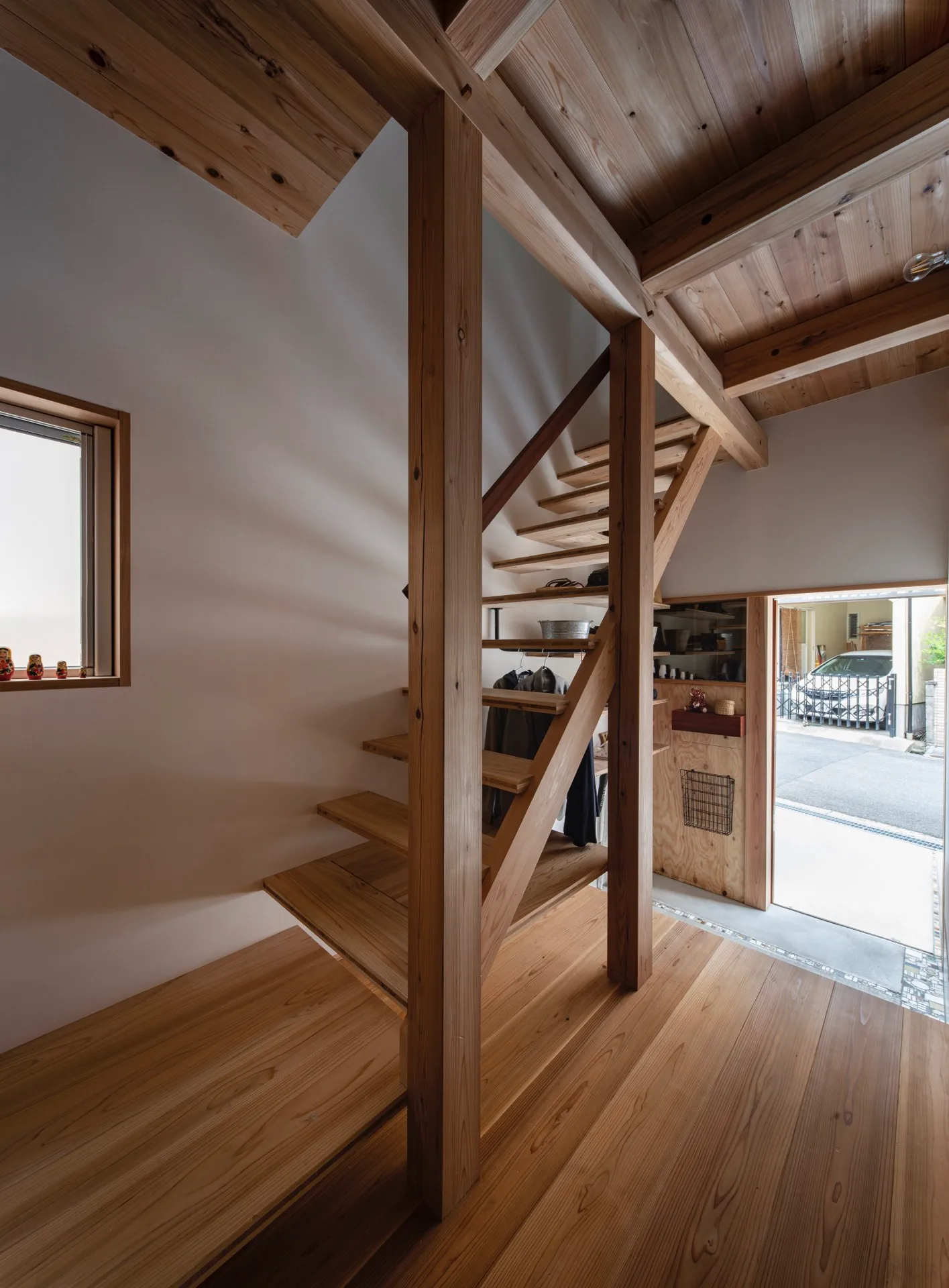
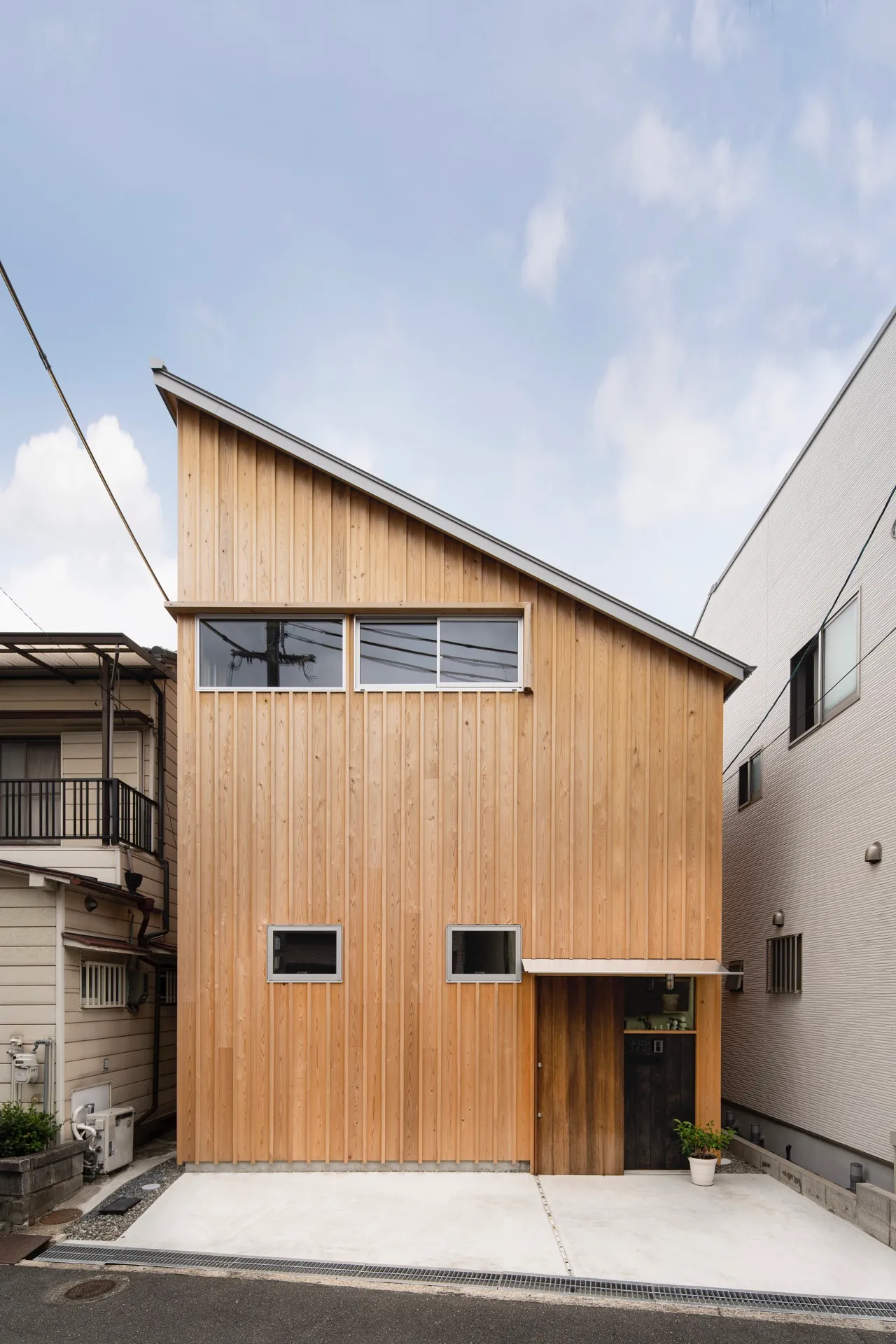

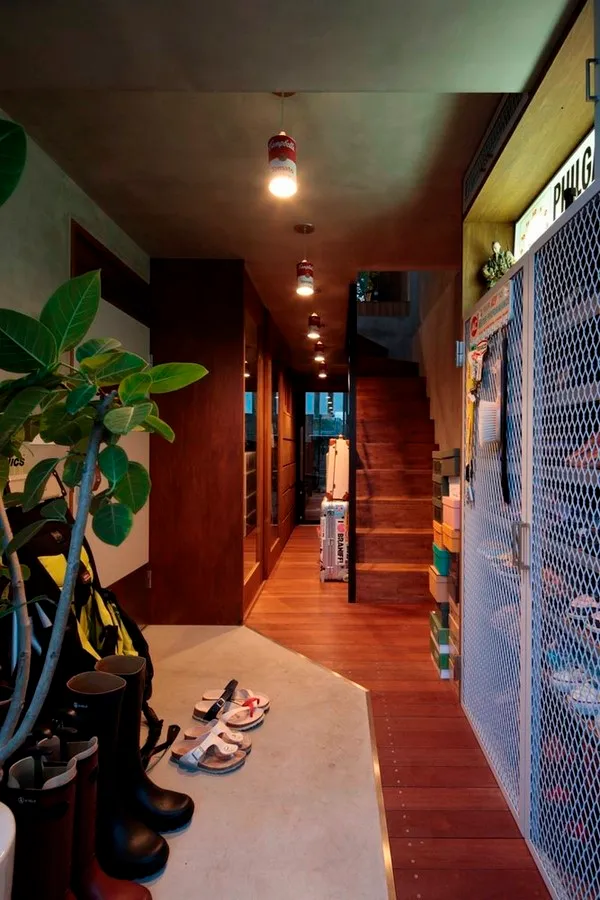
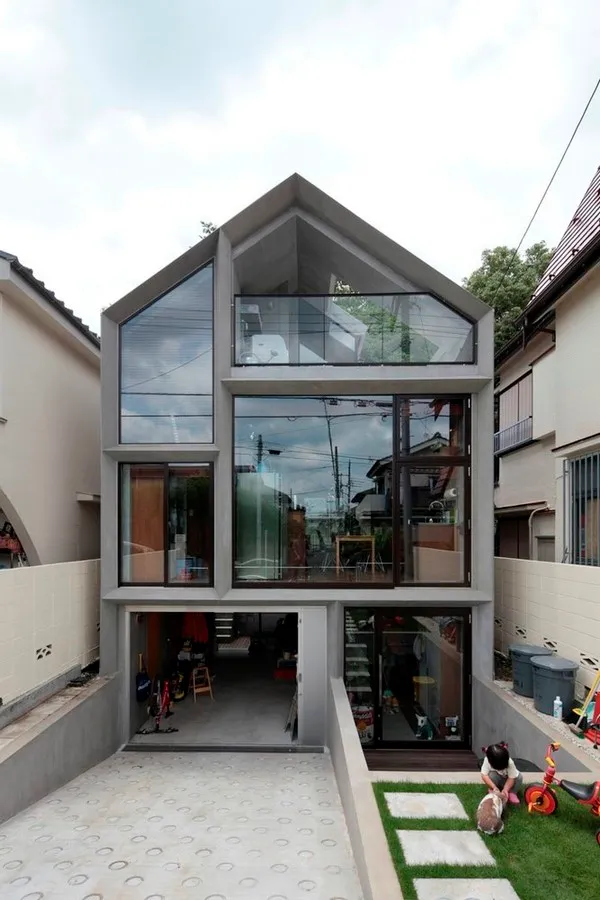
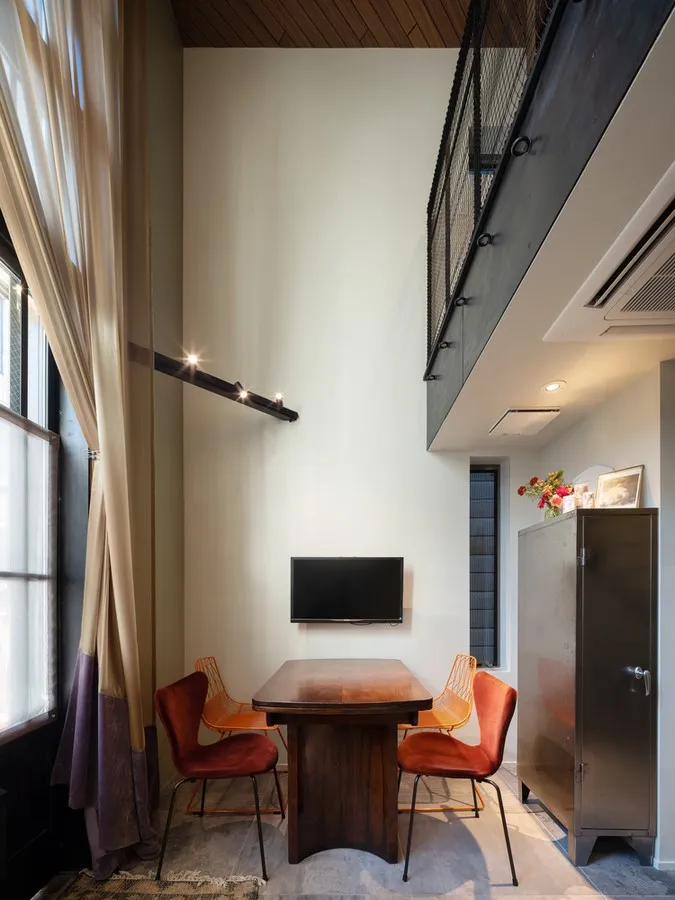
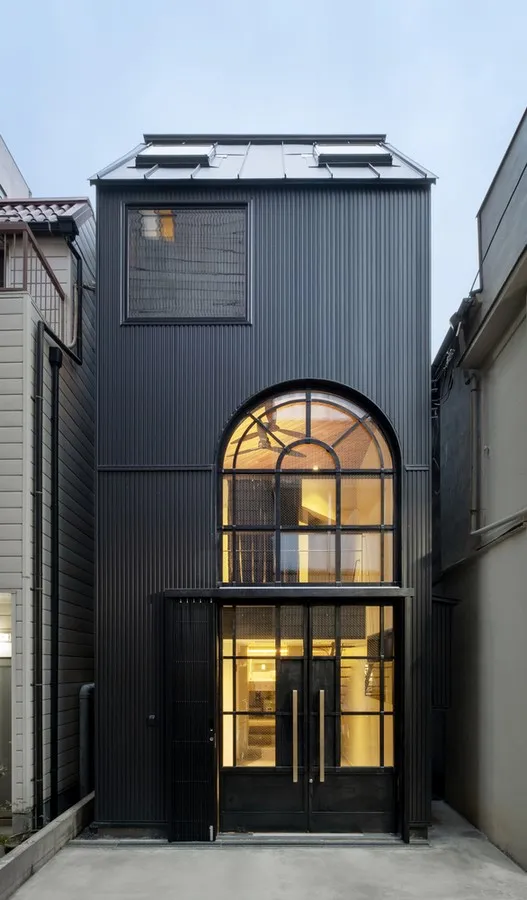
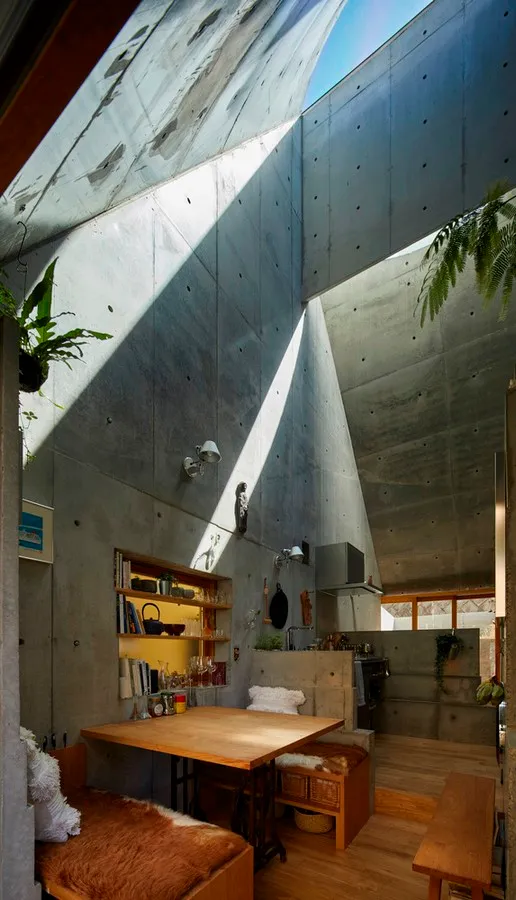
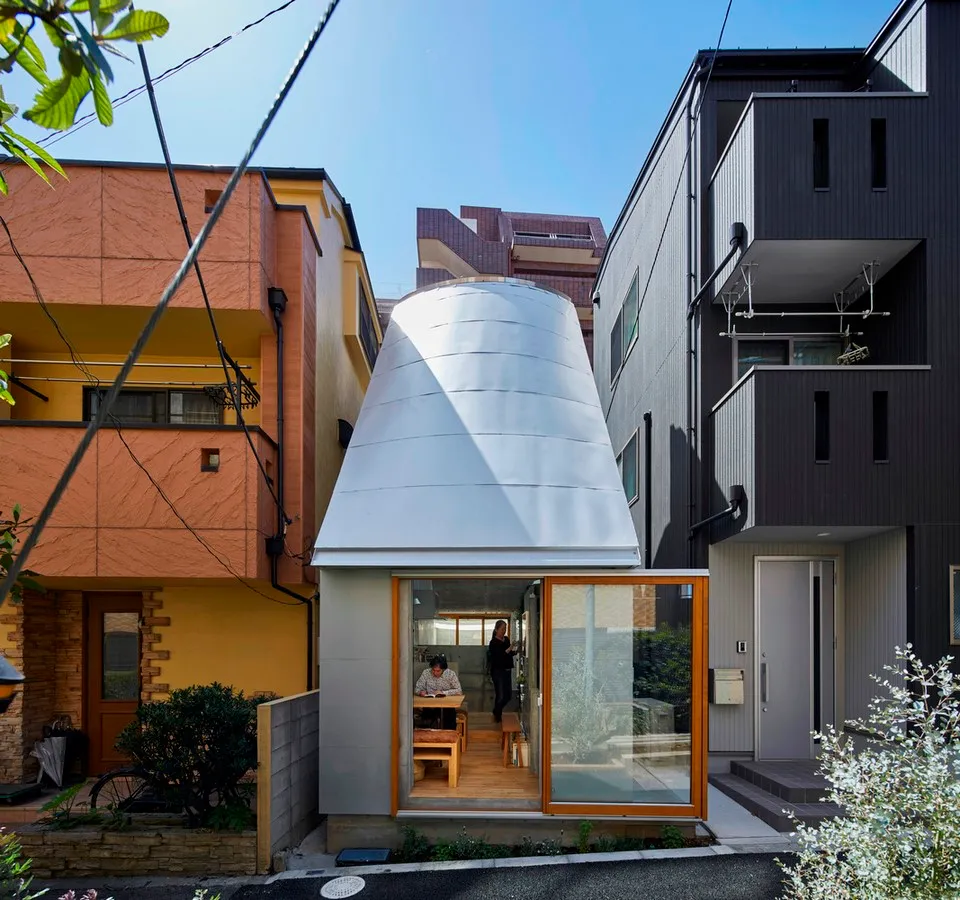
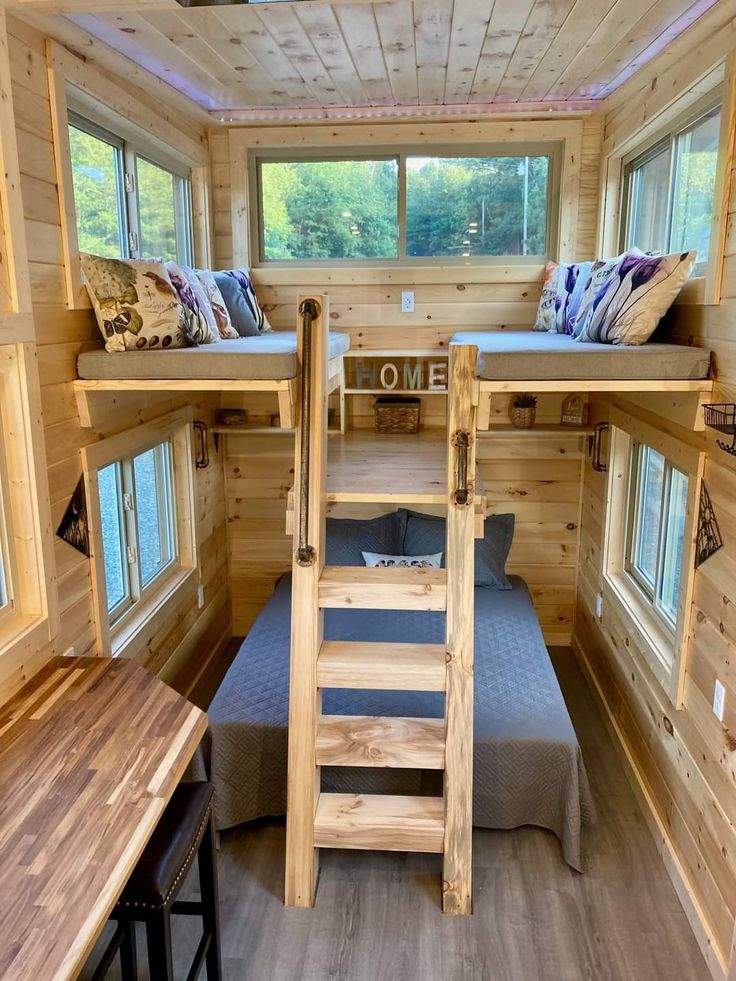


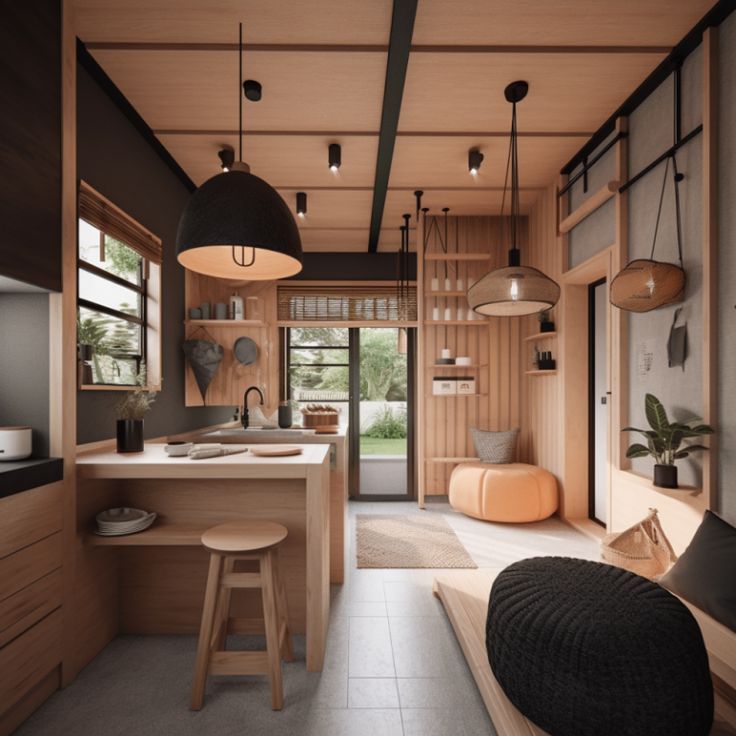

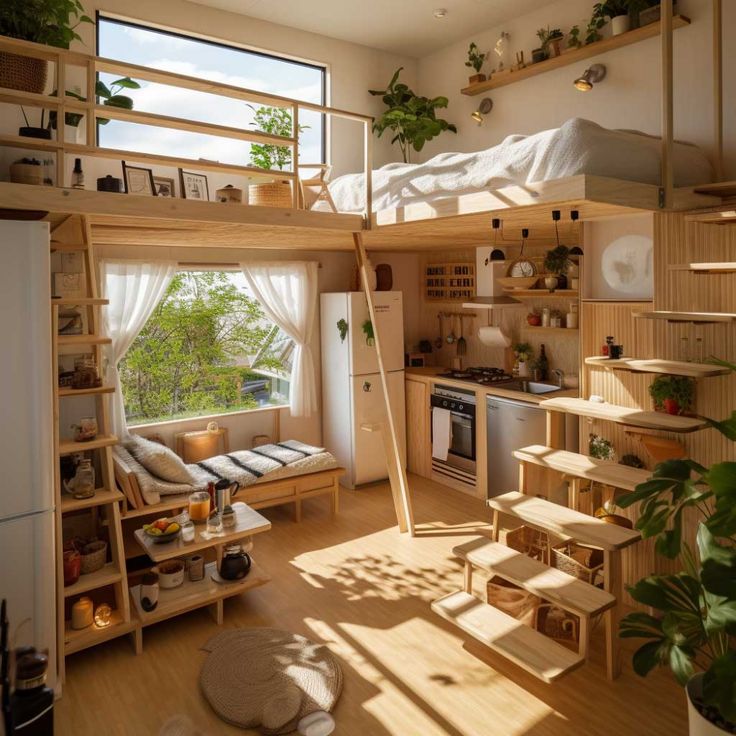
In conclusion, Japanese style decor offers invaluable insights and inspiration for those seeking to make the most of their tiny house living spaces. From efficient use of space to minimalist aesthetics, connection to nature, focus on functionality, and promotion of mindfulness, Japanese design principles align perfectly with the ethos of tiny house living, offering a pathway to simplicity, tranquility, and well-being in even the smallest of homes.
